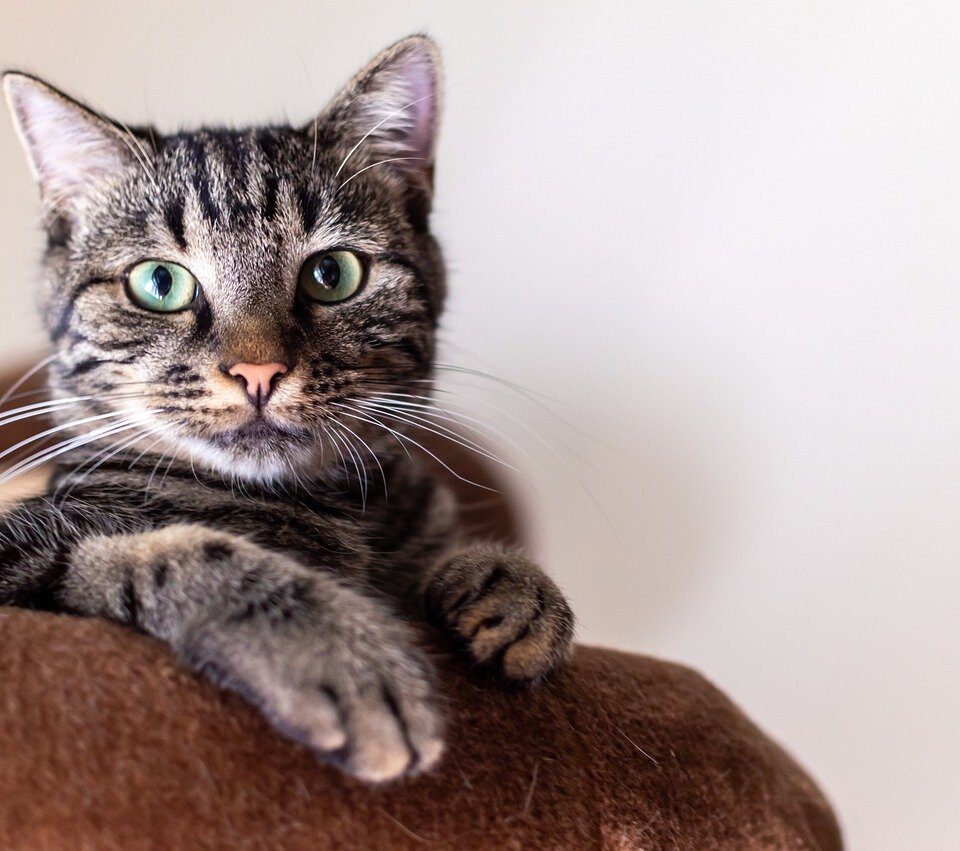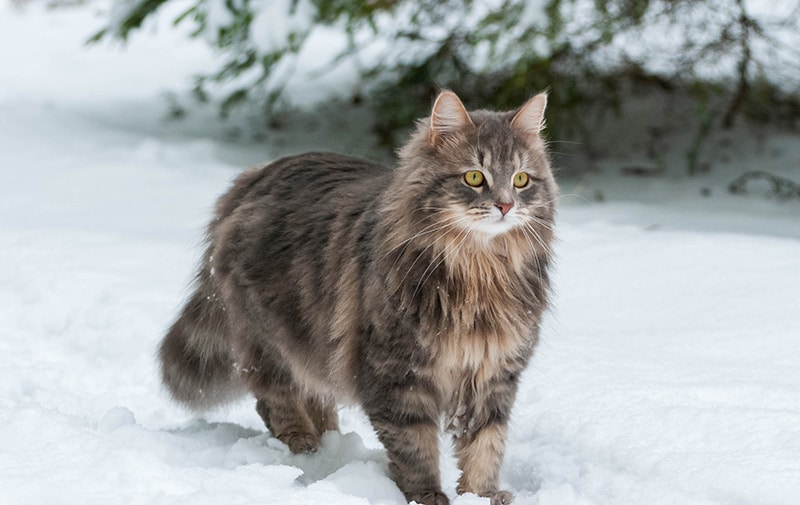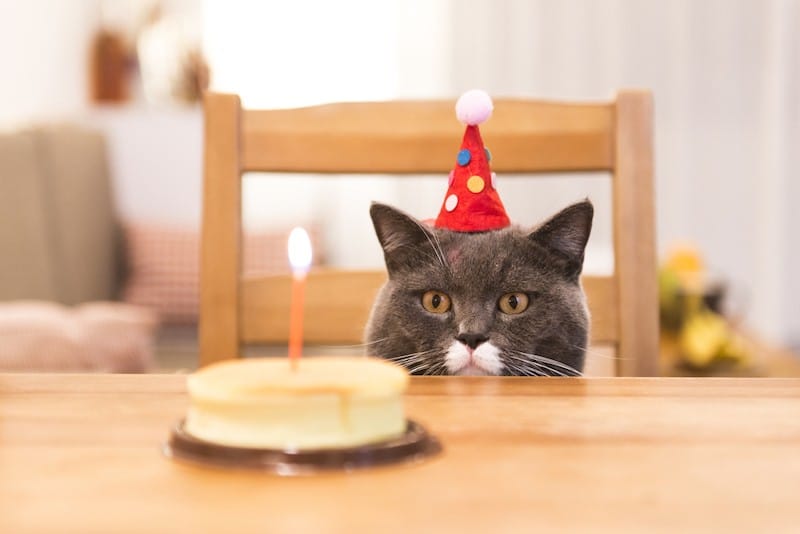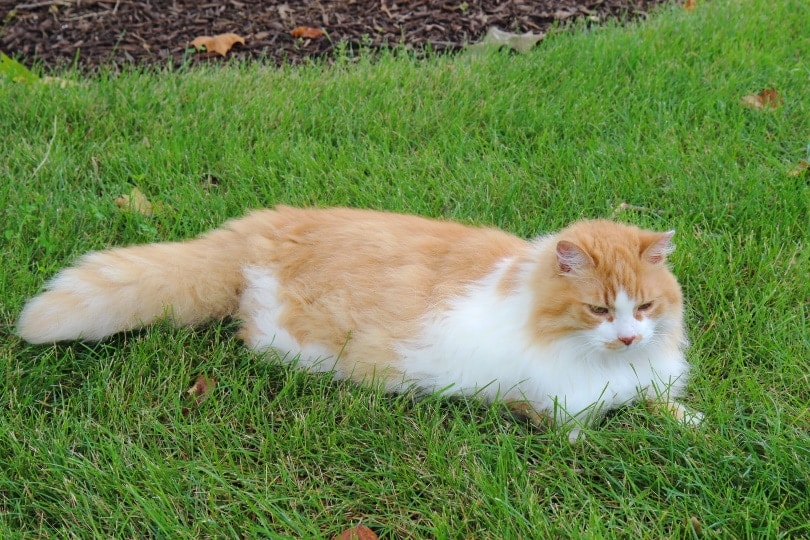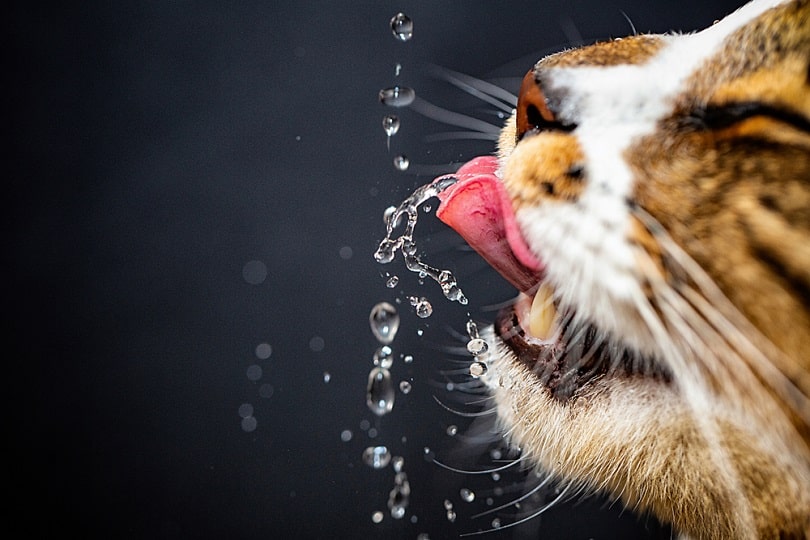Ever visited a friend only to discover that their mysterious feline is a Domestic Shorthair? Don’t be fooled by the name—this isn’t a breed per se, but rather a captivating medley of mixed-breed cats sporting short coats. Let’s unravel the charm and quirks of these fascinating felines.
Picture this: a Domestic Shorthair cat taking its first steps onto American soil aboard a pioneer ship, its rat-catching prowess revered by colonizers. These cats were lifesavers! That’s right, their knack for dealing with pesky rodents made them essential for early settlers, and their legacy continues in households today.
Unlike purebred cats with clear standards for looks and behavior, each Domestic Shorthair is a little surprise package. You can’t predict the temperament or appearance of these cats, as their mixed ancestry makes each one unique. They truly are luck-of-the-draw companions.
Now, if you’re considering adopting a Domestic Shorthair, prepare for a swirl of possibilities. Shelters abound with these cats, many emerging from feral colonies or simply appearing on porches, as if dropped by the so-called ‘cat distribution system.’ Although they might find you for free, adoption fees through shelters help cover essentials like spaying and vaccinations.
When it comes to personality, Domestic Shorthairs are as varied as the colors of their coats. No set temperament here, folks! Each cat is a personality unto itself, making it crucial to spend time with several before picking your perfect match. Some glide into family life with ease, while others prefer a quieter existence, possibly less fond of children or other pets.
Speaking of families, many Domestic Shorthairs make fantastic family pals, though some might not like the hustle and bustle. It’s a must to teach kids respectful handling and also recognize that not all cats are social butterflies. Meanwhile, these cats can either be pet-friendly or prefer solitude, depending on their individual traits and possible past experiences. So, understanding their natural hunting instincts is key, especially if you have smaller pets at home.
Fueling your Domestic Shorthair is simpler than you might think. Vets can guide you towards a diet that meets your cat’s specific nutritional needs, whether it’s wet or dry food. Remember to keep up with exercise, as even our independent pals need some daily activity, be it through solo play or interactive sessions with toys and wands.
Training these intuitive cats isn’t impossible, just requires patience. Basic training helps manage behaviors and keeps them mentally stimulated. Grooming is a breeze with their short coats needing just occasional brushing to keep them in tip-top condition. But if your cat is older or a bit lazy, more frequent brushing might be necessary.
These kitties are generally quite healthy, courtesy of their genetic variety. They face fewer breed-specific health issues but can still be prone to everyday ailments like upper respiratory infections or fleas. Vigilance about their health can prevent serious conditions like kidney disease or obesity from becoming an issue.
Not sure if your feline friend is male or female? Males tend to be larger, with intact ones developing more muscular features. Typically, neutered males are more affectionate, while females might be more independent. Identifying their sex can be tricky, so don’t hesitate to ask for professional help.
Domestic Shorthairs are a delightful mix of unpredictability and charm. Whether you find one on your doorstep or in a shelter, their adaptable nature means there’s likely a Domestic Shorthair perfect for your home. Just remember to spend some time understanding their personality before bringing one into your family—a little patience goes a long way in building a loving relationship with these wonderful cats.
